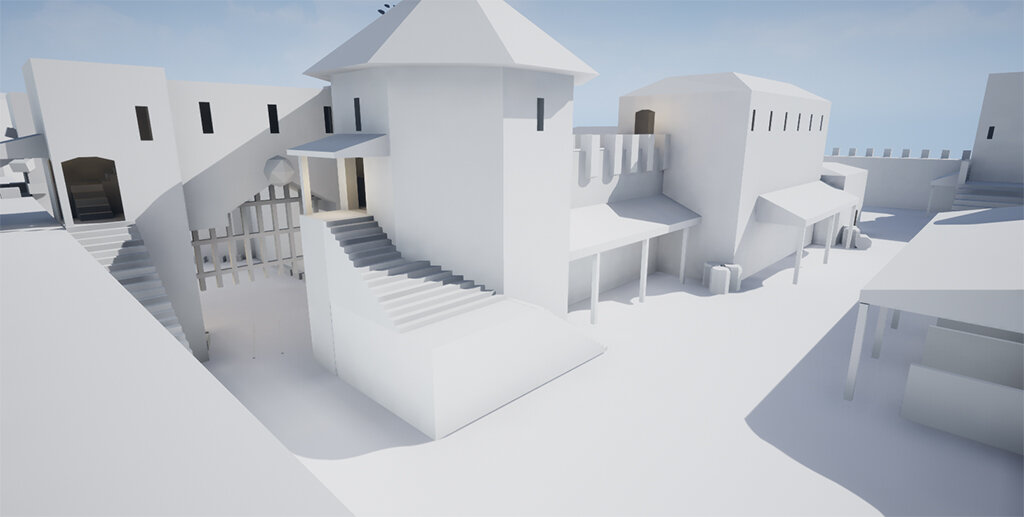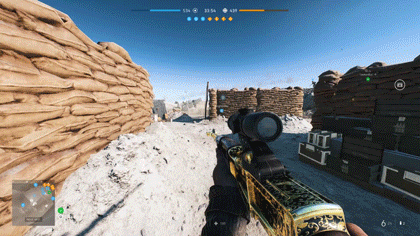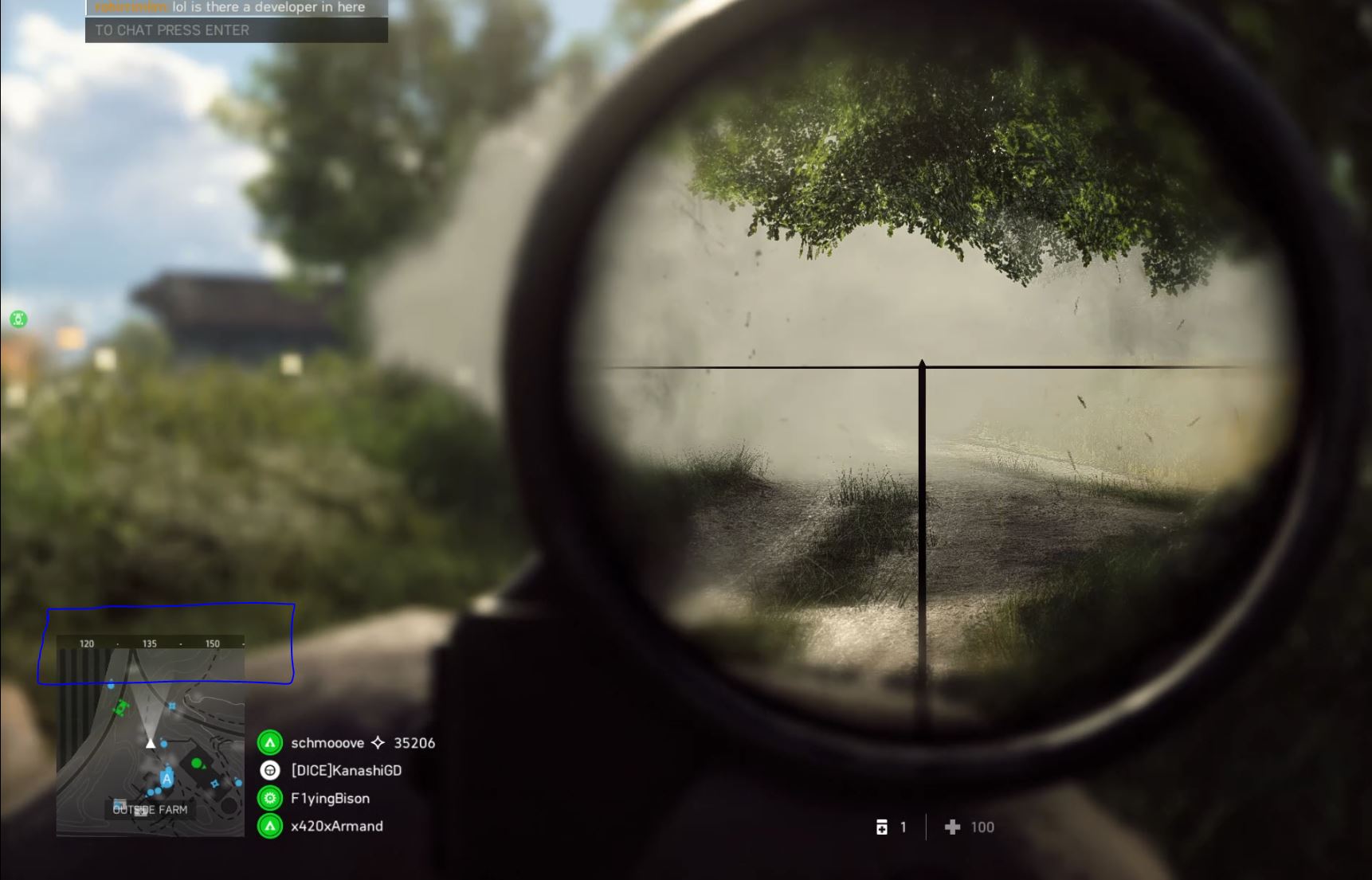I wanted to adapt a map that was based on the games Chivalry and Mordhau. These games pit players in PvP battles using Medieval weapons and tools to attack and defend. Maps where there is a constant attack and defend with objectives for the attackers is a Team Objective (TO) map. Since it is a TO map it is effectively a few maps put together. The objectives are informed by the style of the map because the environment would inform how someone would attack.
Obj 1: Red (almost always attacker) must take the choke and raise the front gate for easier access to the keep
Obj 2: Red must hold the front gate and push the ram to the door.
Obj 3: Red must hold both gate towers to raise the inner gates.
Obj 4: Red must eliminate the enemy King (blue)
With this in mind, I have several colors throughout my map which represent different things.
Purple = mechanical related objects that require scripting
Blue/Green = static environment
Grey = Terrain
Yellow = Important pieces, landmarks, and anything meant to stand out
For me, this method makes it very easy to point out specifics such as "this tower" is important and I want the player to see it from "these angles". As well as, the gates are important, specifically the animal heads carved into the stone to signify which gate the player is at. However, let’s talk about what I did from beginning to end. I will layout a few key points:
Study of the location and architecture, even fantasy concepts will be based on the real world. I want grounded majesty so references are important.
I will sketch out the map from the top-down which is not always needed but in this case, it helped me layout the space within the walls.
I create a reference and then I generate a cube that is about the size in width and height. I will also measure this against the player character to establish the scale. So, in this case, I started with the base of the outer wall.
After doing step 3 several times I am able to create an anchor to work from. These help to inform spacing for the entire inside of the map.
From here I spent a lot of time running simulations in my head and running around as a player on the map. I did this a lot to determine if there would be enough room for fighting and if the various types of weapons would be useful. Some areas make bows, spears, and shields very useful, especially for the defenders.
I wanted objective areas to be clear to the player. These buildings or areas have the highest geometry on the map. I also wanted players to see most of these from both spawn points. For me, it is important for a player, especially in multiplayer, to be able to establish a mental map. The stronger the mental map the more the players can make meaningful decisions based on their position on the map.
I also enjoy small juke spaces where a player can engage and disengage in an attempt to juke their opponent. Being able to slide into a doorway and run up some stairs or through the building. These little areas create fun experiences where players have to think ahead of their opponent.
Things I would have wanted to explore but for lack of time could not. A better right pathway because the current one is very straight and angular. An underground section to create some alternate routes. A better castle section, it currently feels cramped.
In conclusion, the #Blocktober2019 was fun and while I had limited time for this one I think it is a great block out to start with. I hope the information I have provided can help readers in some way or maybe help inspire creativity.














